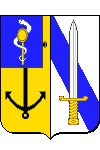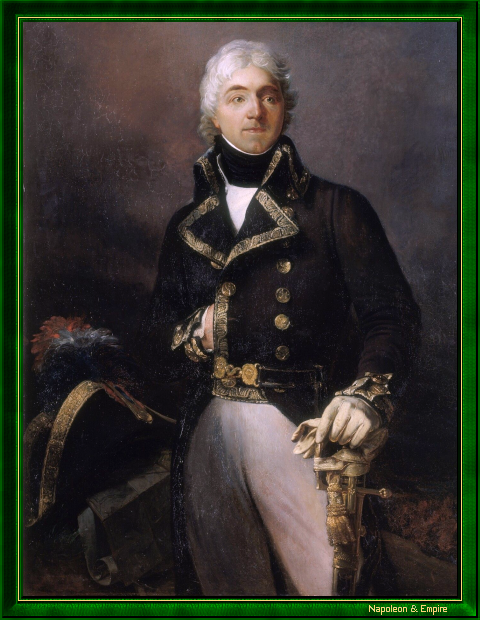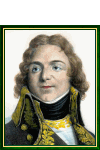Pierre Riel de Beurnonville
Count of the Empire
Pronunciation:

Son of a wheelwright, born on May 10, 1752 in Champignol-lez-Mondeville near Bar-sur-Aube, Pierre Riel enlisted and served in the Indies and on Bourbon Island under Bailli de Suffren. By the time the Revolution began, he was already a colonel in the Swiss company of the comte d'Artois, the future Charles X.
After serving as aide-de-camp to Nicolas Luckner in the Army of the Rhine, he moved to the Army of the North and served under Charles-François Dumouriez, fighting in particular at Valmy and Jemmapes. On February 4, 1793, the Convention elected him Minister of War, a post from which he resigned five weeks later. He was immediately tasked, along with four commissioners of the Northern Army Assembly, with bringing Dumouriez back into line, but it was Dumouriez who handed him over to the Austrians.
Beurnonville was not released until November 3, 1795, when he was exchanged for Madame Royale, Louis XVI's daughter. On his return, he was again attached to the Ministry of War, before taking command of the Army of the North and the Batavian troops in March 1796, then of the Army of Sambre-et-Meuse, alternating between the two commands until the end of 1798.
Having favored the coup d'état of 18 Brumaire, he was sent by First Consul Napoleon Bonaparte to Berlin as minister plenipotentiary to negotiate peace with Russia. On his return, Bonaparte appointed him French ambassador to Spain.
Made Grand Chevalier of the Legion of Honor, Grand Cross of the Order of Reunion, Senator, created Comte d'Empire, he received every possible honor... except one: the Marshal's baton. Beurnonville's frustration was compounded by the fact that he was the only general of the French Revolution to be denied the baton!
He brooded on his resentment, and as a member of the provisional government on April 3, 1814, he favored the return of Louis XVIII, who appointed him Conseiller d'Etat on April 26, Minister on May 13, and Peer de France on July 22. During the Hundred Days, outlawed by Napoleon, Beurnonville followed the King into exile, then returned with him.
Beurnonville once again racked up honors and titles, but his finest came on July 3, 1816. On that day, he was finally able to caress his long-awaited marshal's baton. Now he could die, which he eventually did, a victim of gout, on April 23, 1821 in Paris. His tomb is in the 39th division of the Père-Lachaise cemetery .
"Pierre Riel de Beurnonville in 1792" by François Joseph Heim (1787-1865).

Acknowledgements
This biographical notice was written by Mrs. Marie-Christine Pénin (see her website Tombes et Sépultures), and posted online with her kind permission.Other portraits

"Pierre Riel de Beurnonville". Colored etching, Nineteenth Century.